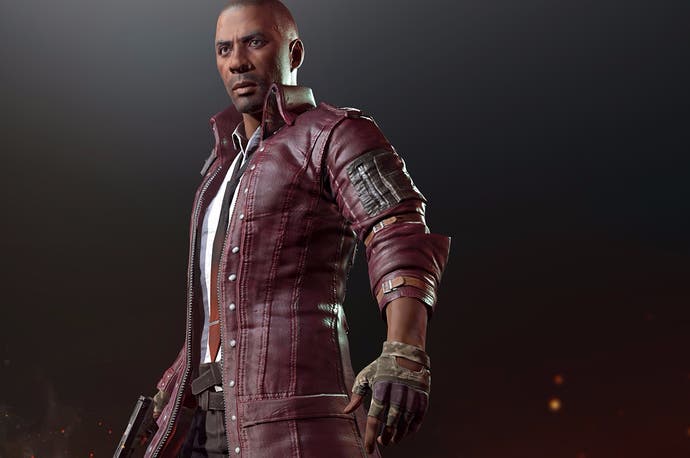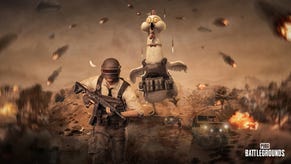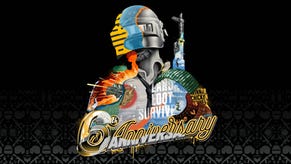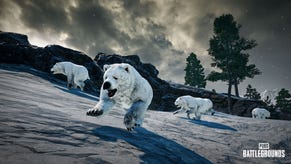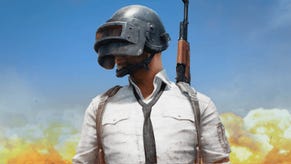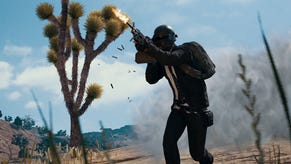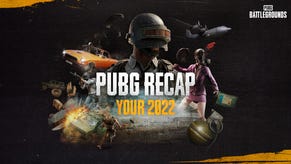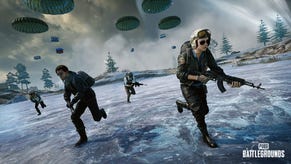PlayerUnknown: The glory of a gaming chemistry set
Bunsen burns.
In the days before it was decided that open world games should be called open world games, they were called all kinds of things. Things like sandbox games, or toybox games.
My favourite suggestion, and one that was simply never ever going to fly, came from Edge magazine. Games that unfolded in large environments, that featured a number of linked and unlinked systems, and that afforded players a great deal of scope in terms of the things they might choose to do, could be called chemistry set games. Chemistry set games. What a lovely idea. And how very Edge of a certain era.
PlayerUnknown Battlegrounds is, I am now pretty certain, a chemistry set game. It is a game designed around the idea of experimentation. To play it is to tinker, to evolve and discard strategies, to test and refine theories. You may look like a soldier on the screen - or, okay, a member of some kind of Boohoo.com militia - but behind the mouse and keyboard if you aren't wearing a labcoat at least part of the time, you're sunk.
I think the spirit of experimentation runs deep here. In a wonderful piece on RPS, Alex Wiltshire explored how your arrival on the island in which this hardscrabble massively-multiplayer deathmatch game plays out, has been the focal point of much creative meddling from the design team, who are still tweaking the optimal time for players to stay in the air once they have leapt from the plane that spawns everybody.
And if you're a player and not a designer, the experimentation is just beginning. As Alex explains, the path the plane takes is randomised, but the basic features of the island remain stable. So do you hope that your trajectory leaves you close to a prefered part of the landscape? Do you stay in the plane until the last minute and risk landing on an island in which most people are already tooled up and dealing death? Do you bundle out early, which almost always results in a cluttered firefight from the very start? Or do you play it by ear, or even treat it entirely randomly?
Over the last few weeks, experimentation has taught me everything I know about this strange game, which is both elegant and ragged, simple-minded and dizzyingly complex. I know the importance of crawling and sticking to the shadows beneath trees. I know that houses I come across with an open door or two have probably already been looted, but houses with all the doors closed may still be traps with someone lurking inside waiting to shoot me. As far as lurking goes, by the way, I know that lurking on the edges of the map is a non-starter, because the lens of play is slowly contracting.
I've also started to pick up other things. I've started to appreciate that the brilliance of the game lies in its simple objective - kill everyone until you're the only person left - because such a simple objective gives you such leeway in how you approach stuff. You can rush to likely conflicts straight away, or you can wander, take in the sights while trying to remain unseen yourself. You can play it safe and inch through the terrain like a tentative ghost, or, when your patience runs out, you can jump on the most outlandishly visible vehicle available and do donuts around a shed packed with likely enemies until someone decides to put you out of your misery.
The deepest brilliance, I think, is that while you can do what you want, the game's unambiguous objective means that you have a starting theory of mind for everybody you encounter: they're probably weighing up whether they can kill you or not given the current circumstances. Sometimes this leads to a headshot from nowhere - just as likely, I think, whether you're lurking under a tree or ostentatiously donuting in an urban environment. Sometimes it leads to a surprisingly cute interaction, such as a moment, playing with Chris Bratt a few lunchtimes back, in which we were jouncing along in the middle of nowhere, an impromptu convoy, when two men with guns popped up out of a hedge like tooled-up meercats.
The meercats looked at us. We looked at them. They were weighing up whether they could shoot us before we ran them over, we were weighing up whether we could run them over before they shot us. In the end, they simply popped back down again, and we took off in a different direction. Another experiment had come together, and another clump of data was ours to pick over.
